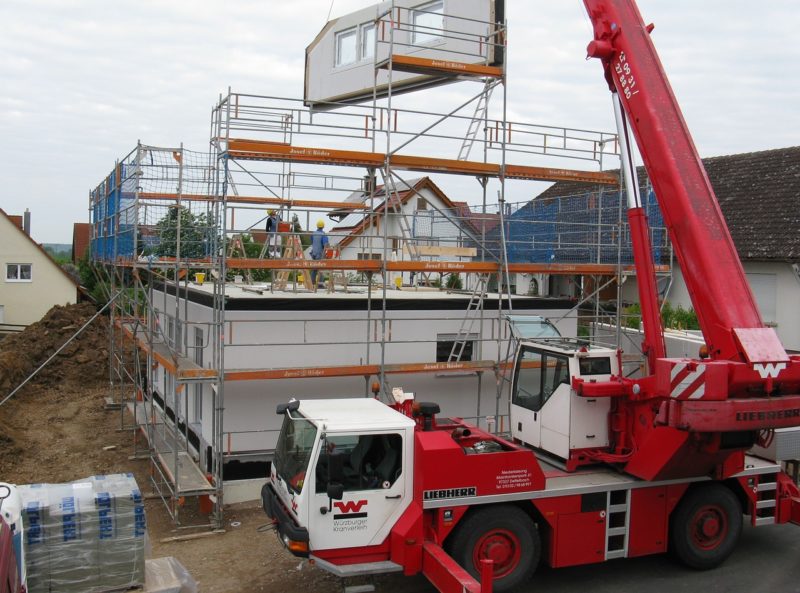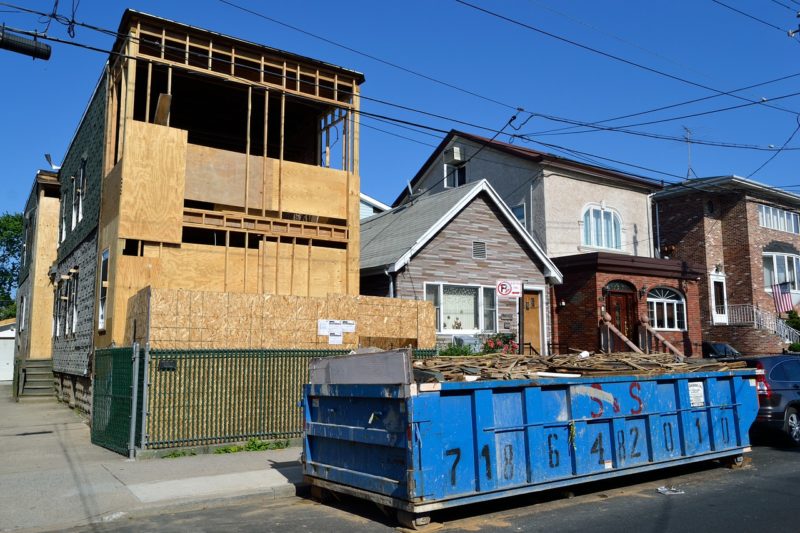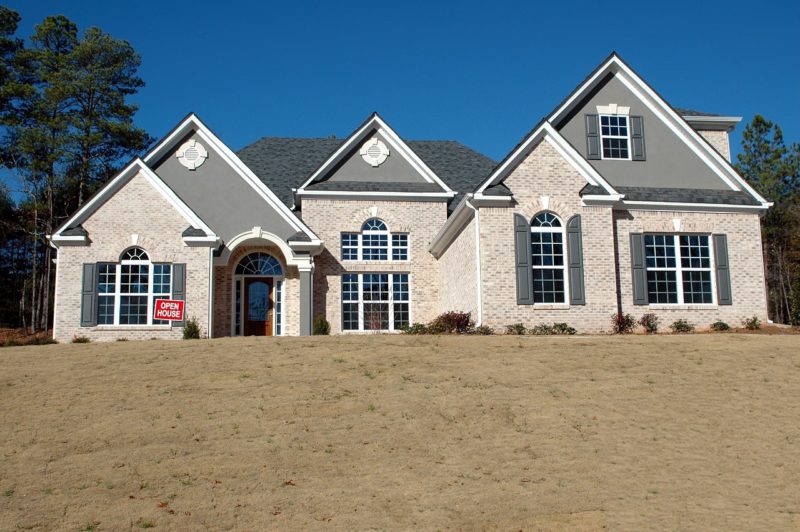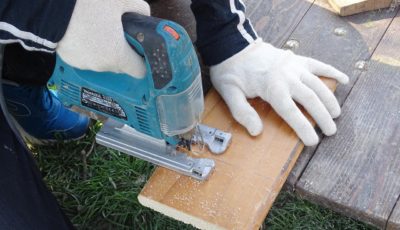Are SIPs Suitable for Self-Build Projects?
Self-builds are quite common these days, and many who have experience working on construction projects aim to complete their own renovation or home improvements. But enhancing your home also means you need to choose the right construction materials and methods that will yield the best results.
One building material that is slowly gaining attention is SIPs or structural insulated panels. If you are concerned about moving towards eco-friendly building solutions, then learning about SIPs may prove to be precisely what you are looking for.
What is a structural insulated panel?
Imagine each SIP as a sandwich consisting of two oriented strand boards tightly enveloping an insulated foam core within. The bonding method of SIPs makes them durable, airtight, and sturdy. The airtightness of SIPs makes them an excellent candidate for energy-efficient building.
When you buy from any SIPs UK supplier, the panels are manufactured in a factory and delivered to the construction site ready for installation. You can customise the dimensions of SIPs to suit the requirements of the project. SIPs are also compatible as the underlayer for constructing walls, roofs, and floors. Most SIP building systems can be covered with render, brick, stone, and timber.
Cost of building with SIPs
The cost of building with SIPs is compensated for by the shorter amount of time it takes to complete a project. By cutting down on construction time, you also pay less for labour. For a self-build on the other hand, the key to minimising the cost of building with SIPs is to mix the material with other, more economical materials.
Benefits of building with SIPs
Aside from faster construction and improved energy efficiency, there are several other benefits to using SIPs on your next project:
- SIPs are sustainable and typically manufactured from recycled or recyclable materials.
- Manufacturing SIPs also produces less waste and requires less energy.
- SIPs are stronger than other building materials.
- The superior insulation of SIPs helps maintain a cool indoor temperature during summer and keeps the home warmer in winter.
- By eliminating timber frames, you get extra floor space with SIPs.
Homes built using SIPs are eco-friendly and sustainable.
Challenges faced when building with SIPs
One of the primary difficulties builders face when using SIPs is that they are prone to moisture damage. When working with SIPs, you need to ensure that the panels are elevated from the ground and protected. For areas where there is a lot of rainfall, you need to put extra waterproof protection on the boards.
Another challenge with SIPs is that you need to request precise measurements from the supplier because panels cannot be cut to size once manufactured. If boards are not the right size, you may encounter issues with installation and alignment.
If you are using SIPs for a self-build project, you need to have adequate experience with the material; otherwise, you might want to seek the assistance of a knowledgeable builder to guarantee the success of your project.













